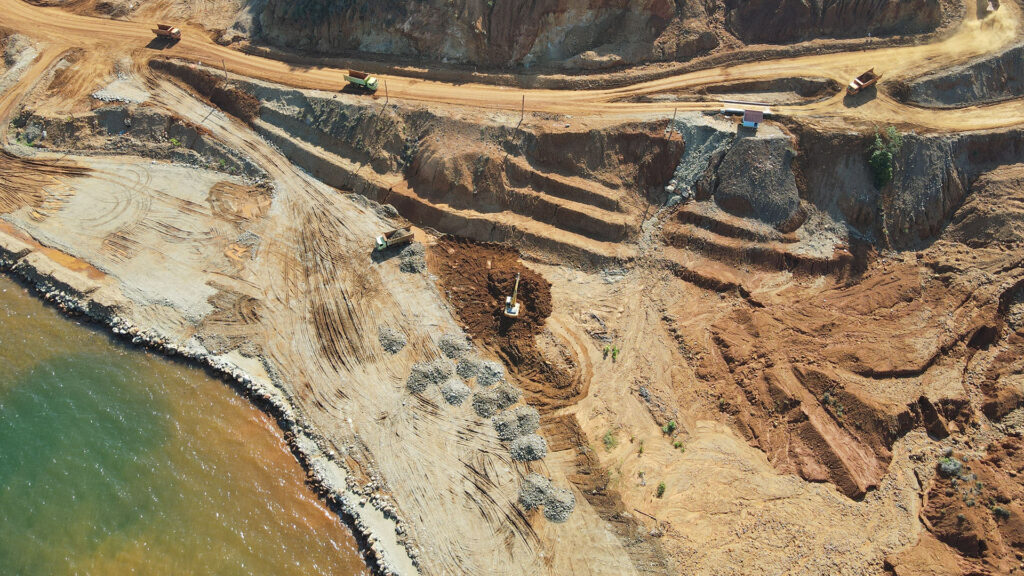Vessels now exposed to 24 month bans from Australian ports: New guidelines published in Marine Notice 03/2015, February 2015
In August 2014, the Australian Maritime Safety Authority (AMSA) for the first time exercised its powers under the Navigation Act 2012 to prohibit a foreign flagged ship VEGA AURIGA from using or entering any Australian ports for a period of three months on the grounds of repeated breaches relating to seafarer welfare and maintenance of the ship.
At the time of issuing the direction, in noting that vessels entering Australian ports must ensure they meet minimum international standards, General Manager of AMSA’s Ship Safety Division, Allan Schwartz, was reported to have stated:
“Vessels that do not meet such standards, including standards for the welfare and treatment of crew, pose an increased risk to seafarers, safe operations and the marine environment.”
“Seafarer welfare is just as important as the proper maintenance of ship equipment, and an integral part of safe operations. A failure in either system could lead to serious accidents.”
The action taken by the AMSA sent a signal to shipowners, managers and operators that poorly maintained vessels which failed to comply with safety standards, international labour conventions and marine environment regulations, had more to fear than just periods of detention/notices of rectification by Port State Control Authorities (PSCs). Our previous circular in October 2014 (http://www.hfw.com/Ship-ban-new-AMSA-CEO-changes-course-October-2014)
identified some of the potentially far-reaching implications for shipowners and charterers alike in circumstances where the direction not to enter an Australian port (i.e. prohibition) could be given directly to a shipowner, leaving a charterer, cargo owner and/or shipper (and potentially insurers) in uncharted waters as to the legal consequences and recourse available in the event of a prohibition being issued.
AMSA has today published Marine Notice 03/2015 (the Notice) setting out stringent (but non-binding) guidelines as to how the decisions to prohibit vessels from using or entering ports will be made. These guidelines clearly point to an escalation of AMSA’s intentions to use its powers to target the areas of fatigue, safety management and bridge management identified by Mr Kinley, the recently appointed Chief Executive Officer of AMSA, when he first took office.
The Notice sets out criteria for three levels of prohibition, as follows:
Three months: there are two possible ways a vessel can face a three month prohibition:
- where a vessel is detained and released with condition/s to carry out corrective actions but then returns to Australia without having complied with the condition/s; or
- where a vessel is detained on three occasions in a two year period but has not previously been subject to a direction not to enter or use a port (i.e. a ban).
12 months: a vessel can be prohibited for 12 months if it has been issued with a direction prohibiting use or entry and is subsequently detained within two years of the expiry of a previous prohibition, provided the vessel is still under the management of the same operator. AMSA will also take into account the nature of the previous detentions in deciding whether to issue a prohibition.
24 months: a vessel can be prohibited for 24 months if it has been issued two prohibitions and is subsequently detained within two years of the expiry of the second prohibition, again provided the vessel is still under the management of the same operator. The nature of previous detentions will also be taken into account by AMSA when considering whether to issue a prohibition for this period of time.
Although not specified in the Notice, it appears that the vessel detentions referred to in the guidelines relate to vessel detentions in Australian ports and not detentions by other PSCs. However, given AMSA’s statement in the Notice that it will consider all the circumstances relating to the vessel, a poor record of PSC detention elsewhere in the world will likely have some influence over AMSA’s decision making process.
Importantly, shipowners should be aware that, according to the Notice, AMSA can also consider prohibitions on other vessels managed (owned/operated) by the same company if the standard of the vessel subject to the ban is “so poor as to cast significant doubt on the standards of other vessels managed by the same company“. In addition, AMSA has also left the door open to extending the timeframe of the prohibitions if the “performance of the company as a whole” is unacceptable. In that context, given that AMSA is also able to exercise the same power under the Navigation Act to oblige vessels to comply with any requirements it deems necessary before entering or whilst in Australian ports, it is likely that a prohibition on one vessel in a fleet could lead to stringent requirements being placed on another.
There are currently four vessels on the list of vessels that have been issued with prohibition directions published on AMSA’s website (http://amsa.gov.au/vessels/ship-safety/port-state-control/refusal/index.asp), including one vessel which has been banned for a period of 12 months.
Footnotes
- AMSA Press Release dated 27 August 2015







